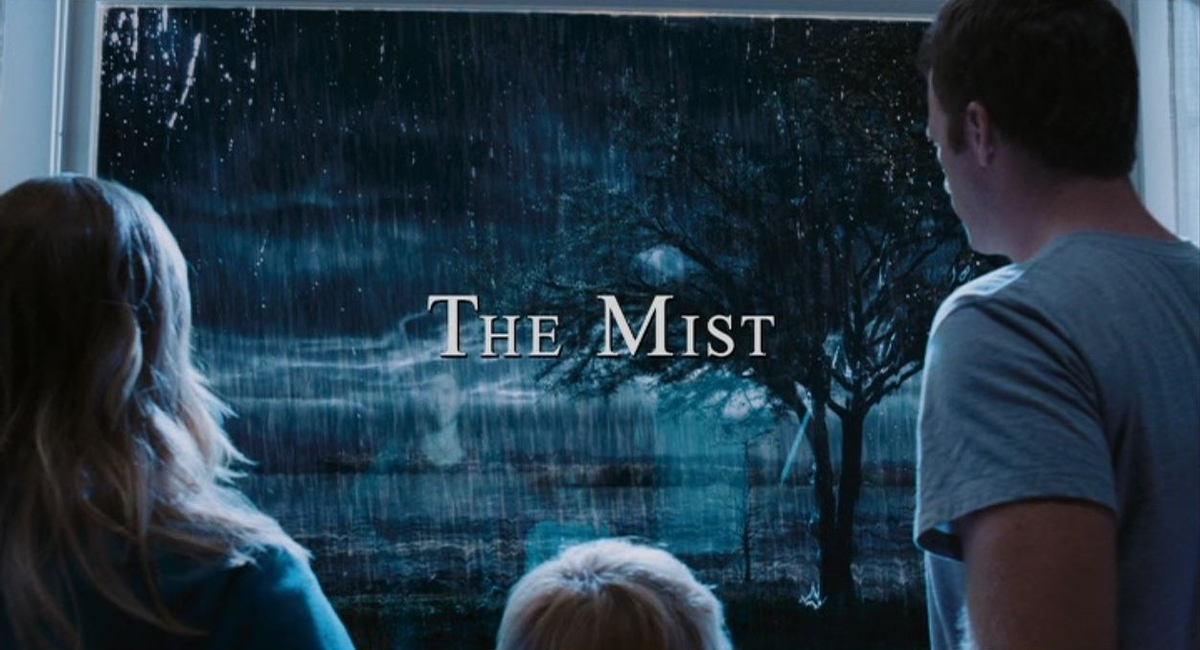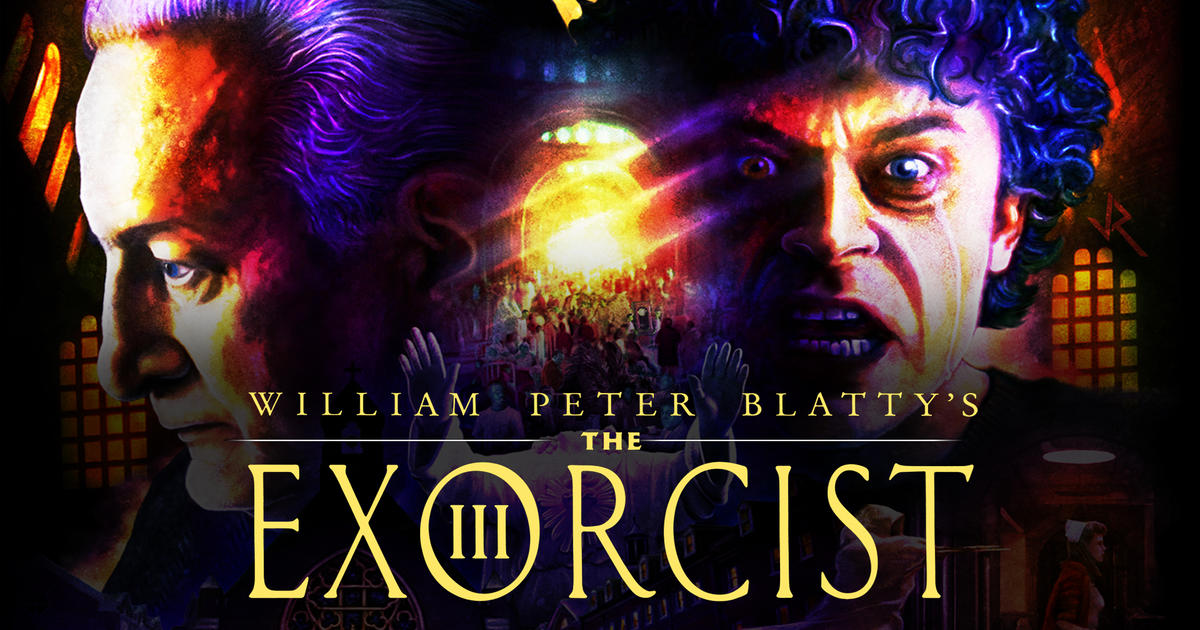“Life is like a movie. You just can’t pick your genre.”
-Billy (Scream)
For almost 25 years, the genre of teen films was a huge Hollywood cash cow. Studios took unknown actors and TV stars and placed them in small budget films. The strength of the scripts along with some great young actors propelled this genre into the forefront. So what happened? Why in modern cinema are teen films like The Duff so rare? Did Hollywood run the well dry? I think it has more to do with Hollywood than the lack of ideas, but let’s indulge in a little history first.
In the summer of 1982, Fast Times at Ridgemont High was given a limited theatrical release. By the time the film finished its theatrical run, it had made over 5x its budget. This, in my opinion, was the real beginning of the modern teen film. In some ways, Fast Times could be considered the precedent for every teen film released after it. It tackled everything from school and work, to home life. It put the magnifying glass on dating and even abortion. It had a great young cast and some very unforgettable scenes.
Over the next few years, the genre would grapple with which theme it wanted to lay claim to. Risky Business was gritty and funny. It launched Tom Cruise into stardom and proved teen films could gain critical acclaim. The following year, more accessible teen films were released. Sixteen Candles and Revenge of the Nerds were huge box office hits. The softer more palatable teen flicks were beginning to take hold later that year. But what really broke the mold was The Karate Kid, which raked in $90 million and spawned several sequels. It was clear heading into the second half of the decade that lighter teen films were a safe bet. Films like The Breakfast Club, Ferris Bueller’s Day Off, Weird Science, Pretty in Pink, Can’t Buy Me Love, Say Anything, and Bill & Ted’s Excellent Adventure pulled in the cash for studios.

But these weren’t the only teen films pouring in dollars. The teen horror genre also exploded. In 1984, A Nightmare on Elm Street started a cascade of teen horror films. The genre had been popular previously, but it was sporadic. Now sequels to Halloween and Friday the 13th were even more lucrative. In 1985, Fright Night was released to critical approval and commercial success. Fright Night was the second highest-grossing horror film of 1985, second only to the sequel of A Nightmare on Elm Street. The success of teen horror didn’t slow down with huge returns from The Lost Boys and Gremlins.
While the ’80s struggled with finding its specific niche, the ’90s went all-out fun and gore. The 1990s perfected the art of making a film about teens. Comedies and horror films filled the cinemas during the decade. The hip-hop comedy House Party surprised audiences to the return of 10x its budget. It was the first teen film released in the ’90s and set the money machine in motion. Dazed and Confused and Don’t Tell Mom the Babysitter’s Dead were successful in their own ways. But their most important job was to warm up the box office for the quintessential teen film Clueless. Clueless owned the box office and critical praise based on the strength of Alicia Silverstone’s lead performance and the excellent script.
While Hollywood was finding gold in teen comedies, the teen horror genre seemed to be dead. Then in 1996, Wes Craven and Kevin Williamson teamed up to create an iconic teen slasher flick. Scream set the cinema on fire. The film was not only a critical success, but grabbed over $150 million at the box office. Over the next couple of years, teen horror would rule. I Know What You Did Last Summer, Urban Legend, The Faculty, and Halloween: H20 cornered the teen market.
With a very successful decade behind them already, Hollywood didn’t let up in 1999. Studios grasped the power of the teen market and unleashed a string of teen films unlike ever before. 1999 could be considered the golden year of teen films. 1999 began with the release of Varsity Blues and finished with Drive Me Crazy. Sandwiched in between were several hugely successful films. After the January release of Varsity Blues, She’s All That hit the theaters. January, which is typically considered a dead time for theaters, was booming. These films were two certified hits within 30 days. In fact, within the first four months of the year, teen films had accounted for roughly $400 million of the $2 billion in ticket sales. Because of movies like 10 Things I Hate About You, Go, Cruel Intentions, and Never Been Kissed, 13% of all money spent on ticket sales was going towards teen films.

The teen genre’s attack on the ’99 box office came to a massive end with American Pie. The film was given a summer release with insiders saying it could be a sleeper hit, and it was. American Pie grossed $235 million worldwide. In its first weekend, it beat a Will Smith film, an Adam Sandler film, and a Disney film. The comedy was a combination of gross-out humor, friendship, and a love for high school. It hearkened back to the beginning of the teen comedy. It had a far less social impact than Fast Times but was every bit as fun. The terrific soundtrack and unforgettable humor make American Pie possibly the greatest teen film of all time. It certainly was the most profitable.
Over the next few years, the fervor of teen films began to slow. 2000, 2001, and 2002 had a decent amount of success. Save the Last Dance, Road Trip, Bring It On, and Final Destination cleaned up at the box office, but Hollywood seemed to have moved on. There have been occasional hits like Mean Girls, Superbad, and Easy A. But the majority of teen films today are young adult novels or some other adaptation. The teen comedy or horror film is a thing of the past.
A recent successful teen film that wasn’t one of the Hunger Games or a John Green novel was The Duff. The Duff made $40 million on an $8 million budget. That return truly is impressive. The unfortunate problem facing teen films is the studio’s risk assessment. Getting a film financed in Hollywood is hard enough, even if you have big names attached. Now imagine pitching a film with no stars and no special effects.
With in the last four years, we’ve seen an uptick in teen films. The success has been sporadic. Films like Lady Bird, Eighth Grade, and Booksmart were critical darlings but didn’t kill the box office. Films like Love, Simon, and Everything, Everything did well at the box office. But perhaps the biggest success in this genre has been boosted by the MCU. The two recent Spider-Man movies were rooted in the classic John Hughes style of teen angst. I think this says a lot about where the genre is today and could go in the future if studios gave it another go.

It is very disappointing that teenagers today will not be able to see an on-screen version of themselves because films like Fast Times, Clueless, and American Pie are time capsules. We go to movies to escape reality. As a teen, a film like Can’t Hardly Wait gave you the confidence to talk to that pretty girl, or The Breakfast Club revealed that no matter what background, a kid will always be a kid. Teen films are snapshots of a time and place. I love being able to grab American Pie, throw it in the DVD player, and be transported back to high school. Even as I wrote that last sentence, I realized that maybe I am like the teen film… a relic.




